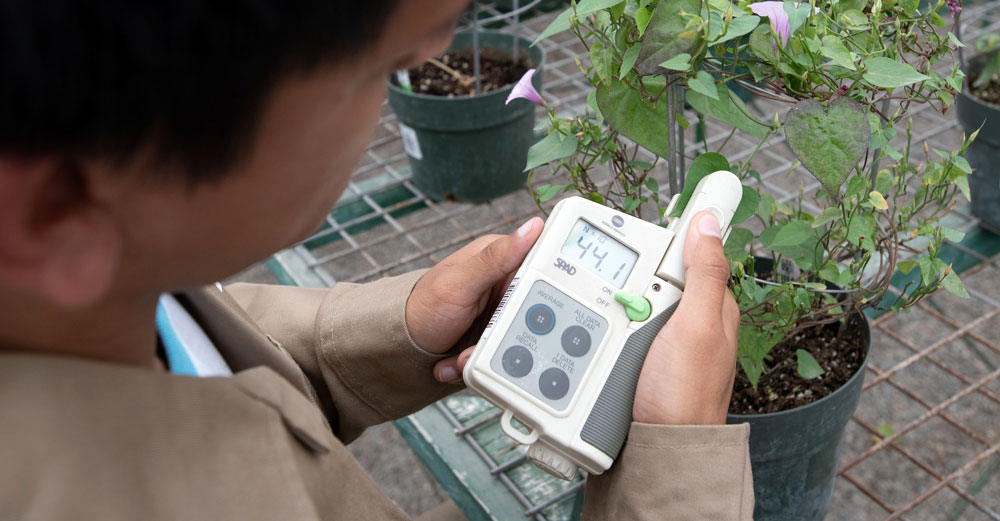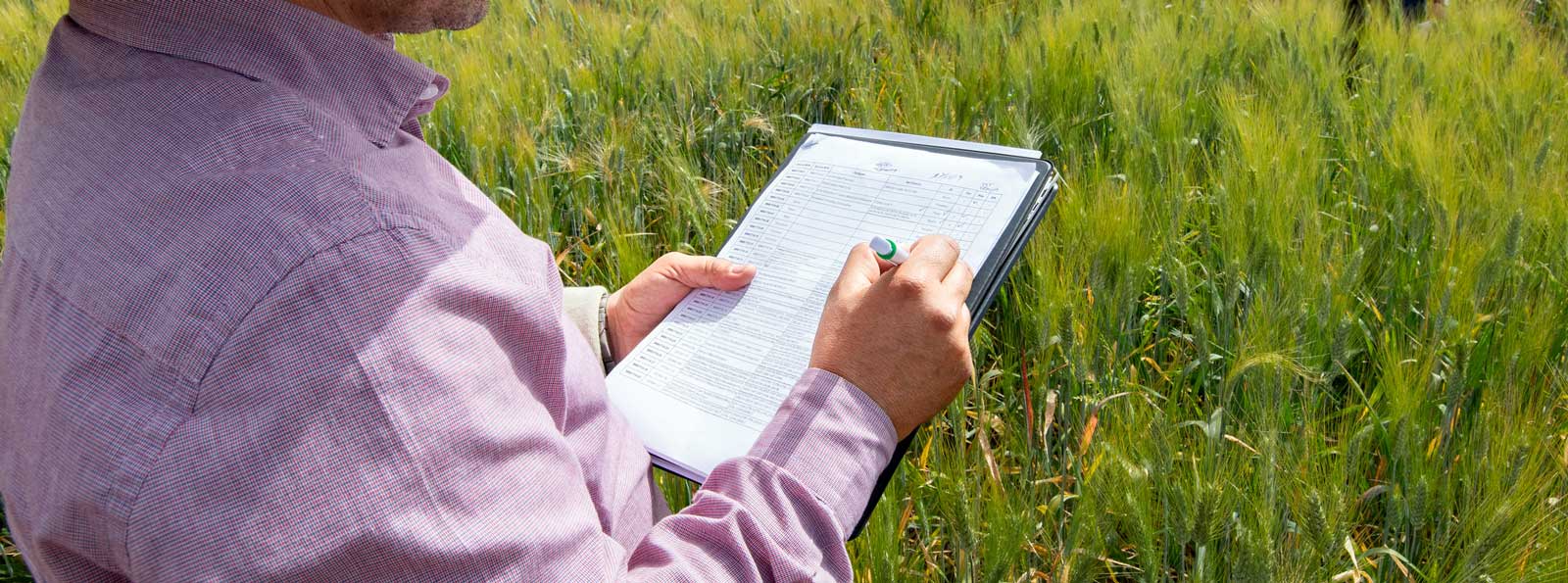Sharing Data and Diversity
Collecting seed samples of vulnerable crop wild relatives and using them to produce pre-bred lines—a kind of bridge between the weedy wild relatives and the sort of domesticated crops farmers grow—are essential steps in using crop wild relatives to adapt agriculture to climate change. But equally important is making sure that the people who can use them in this effort—researchers, plant breeders and farmers, for example—know about them and their characteristics and can get their hands on them.
What is it and where did it come from?
The first step for plant breeders wanting to identify seeds that might have key traits they are looking for—drought or salinity tolerance, for example—is so called “passport data,” which includes the species and where the seed was collected, which will tell them a lot about the conditions the plant is adapted to. The Crop Wild Relatives (CWR) Project has made these data on the seed samples collected freely available via the Genesys online platform.
By the end of 2021, passport data had been added to Genesys for more than 4,200 of the 4,587 seed samples of wild relatives collected under the project. The platform also includes environmental information on the location where the sample was collected, such as altitude, temperature and rainfall, and provides a mechanism to search for seed samples from sites with similar characteristics, facilitating the search for potential breeding material for traits of interest.


Passport data—such as this on where and when a crop wild relative was collected in Ecuador—is included in the Genesys database, along with information on where the sample is stored and how to obtain a sample.
But what is it really like?
But while passport data can indicate the likely characteristics of a seed sample, evaluation trials can verify whether it is truly drought tolerant or resistant to a specific pest, for example, making the work of the breeder that much easier.
The project and its partners have invested a lot of resources in evaluating both the seed samples of the wild relatives and the pre-bred lines created by crossing these wild relatives with domesticated varieties, which has generated a vast amount of data.
“For example, the sunflower pre-breeding project resulted in 545,000 molecular markers,” said Hannes Dempewolf, Director of External Affairs and Senior Scientist at the Crop Trust. “This kind of data is an amazing contribution to the breeding community. We wanted to make sure it is publicly available, so we can maximize the number of breeders around the world who use it, and the plants themselves, in their improvement programs.”
This is where the Germinate portal comes in. Developed by the James Hutton Institute in Invergowrie, Scotland, Germinate is a comprehensive platform for handling data related to plant genetic resources, able to store passport data, genotypes and pedigrees of seed samples, genetic markers, data from evaluation trials, climate, geography—the list goes on and on—and provides tools to analyze and visualize the data.
“Of the 19 pre-breeding partnerships, 15 are uploading data on their evaluation trials and their pre-bred lines to the Germinate database,” said Shivali Sharma, consultant to the CWR project and former lead scientist on the pigeonpea pre-breeding project. “The others are using existing databases, such as the potato database managed by the International Potato Center in Peru.”
“Major crops like maize, rice and bread wheat have received much more investment,” says Paul Shaw, who has worked on Germinate since 2005. “Where Germinate has really made an impact is providing a home for crops that are often neglected when it comes to data, such as grasspea and finger millet.”

Now you know what you want, how do you get hold of it?
It is not just about sharing data—researchers and plant breeders also need to be able to get their hands on the seeds of the plants they are interested in.
Partners involved in the 19 pre-breeding projects have deposited the seeds of some 14,000 of their cross-bred plants in genebanks around the world and have made them available to users via standard material transfer agreements (SMTAs)—a mechanism established under the FAO’s Plant Treaty to facilitate the sharing of seeds, and access to the resulting benefits, across borders.
This is on top of the approximately 4,000 seed samples of 223 crop wild relatives that have been shared with 10 national and international genebanks for safety duplication and use. Recipient genebanks are making these seed samples available under the SMTA once they have been multiplied and sufficient seed is available.
Many of the pre-bred lines have also been shared widely through national and international screening “nurseries” and the like. For example, barley pre-bred lines have been included in breeding programs in Morocco, yield trials in Algeria, Ethiopia, Morocco and Tunisia and variety selection trials involving local farmers in Ethiopia. Several CWR-derived pigeonpea lines have also been included in the “Initial Varietal Testing of the All India Coordinated Research” project.
Strengthening information systems
Publicly accessible systems like Genesys and Germinate are needed for international collaboration but national genebanks also need their own information systems to manage data about their collections, including crop wild relatives.
The project has worked with 39 national genebanks across Africa, Asia, Latin America and the Near East and North Africa to understand their information systems and needs. It has also helped 28 national and regional genebanks across the same regions to improve their data management, including upgrading their information management systems and infrastructure. Some 140 people, half of them women, were trained in the use of these information systems.

